Books
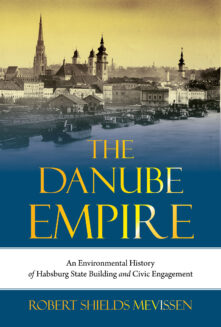
The Danube Empire
An Environmental History of Habsburg State Building and Civic Engagement
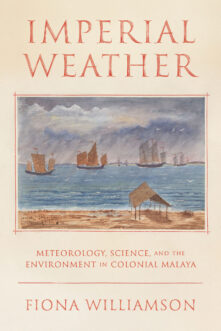
Imperial Weather
Meteorology, Science, and the Environment in Colonial Malaya

Cosmic Fragments
Dislocation and Discontent in the Global Space Age
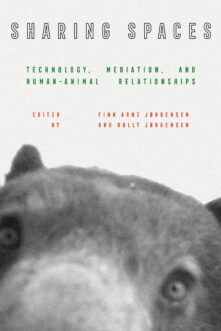
Sharing Spaces
Technology, Mediation, and Human-Animal Relationships

Transplanting Modernity?
New Histories of Poverty, Development, and Environment
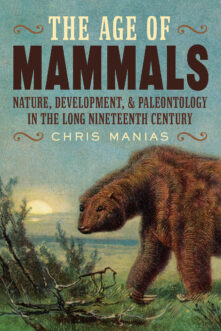
The Age of Mammals
International Paleontology in the Long Nineteenth Century
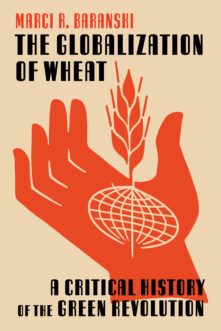
The Globalization of Wheat
A Critical History of the Green Revolution

When They Hid the Fire
A History of Electricity and Invisible Energy in America
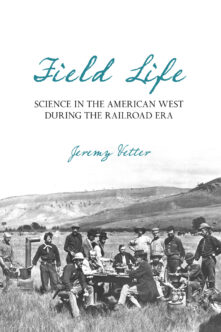
Field Life
Science in the American West during the Railroad Era
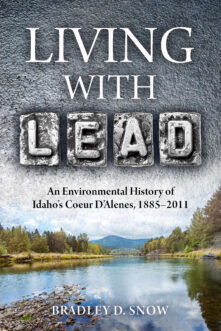
Living with Lead
An Environmental History of Idaho's Coeur D'Alenes, 1885-2011

Inevitably Toxic
Historical Perspectives on Contamination, Exposure, and Expertise
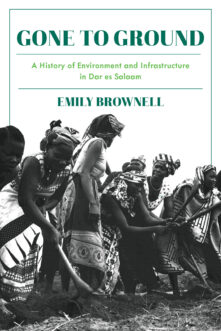
Gone to Ground
A History of Environment and Infrastructure in Dar es Salaam

Itineraries of Expertise
Science, Technology, and the Environment in Latin America's Long Cold War

Weather, Climate, and the Geographical Imagination
Placing Atmospheric Knowledges
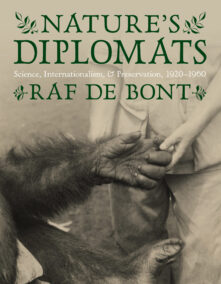
Nature’s Diplomats
Science, Internationalism, and Preservation, 1920-1960
Total 19 results found.

